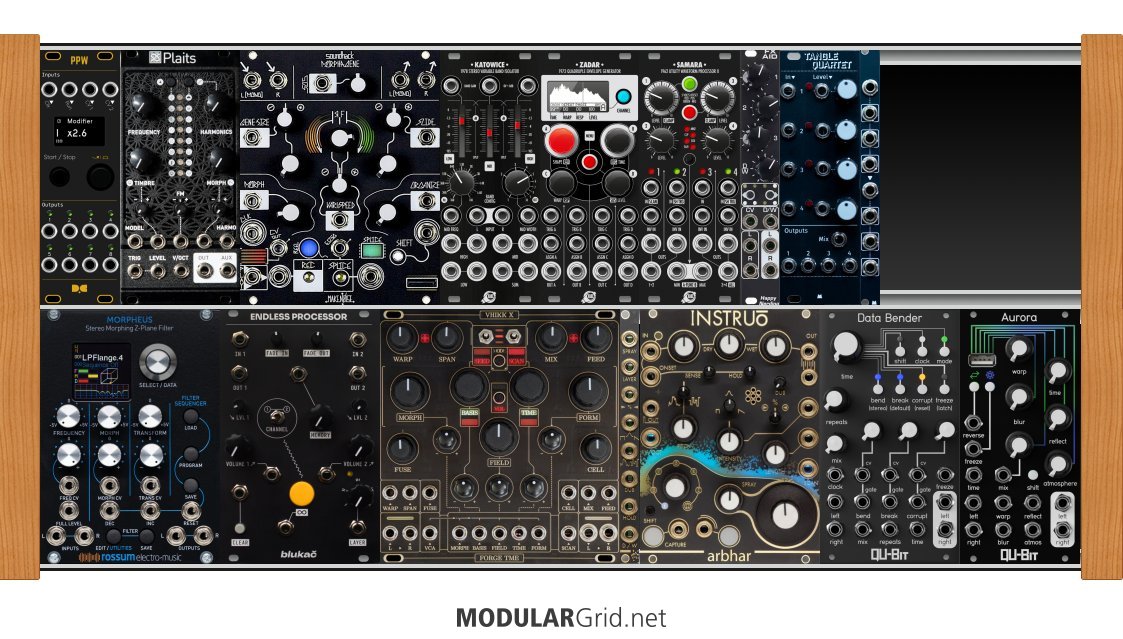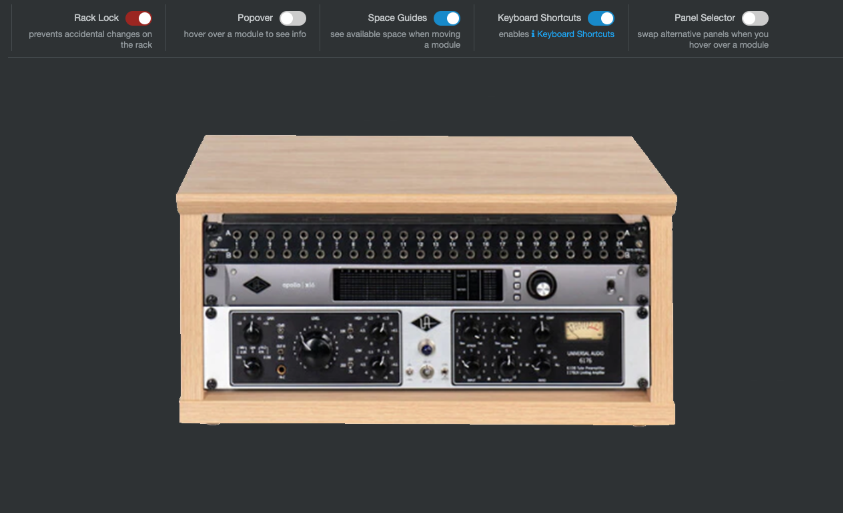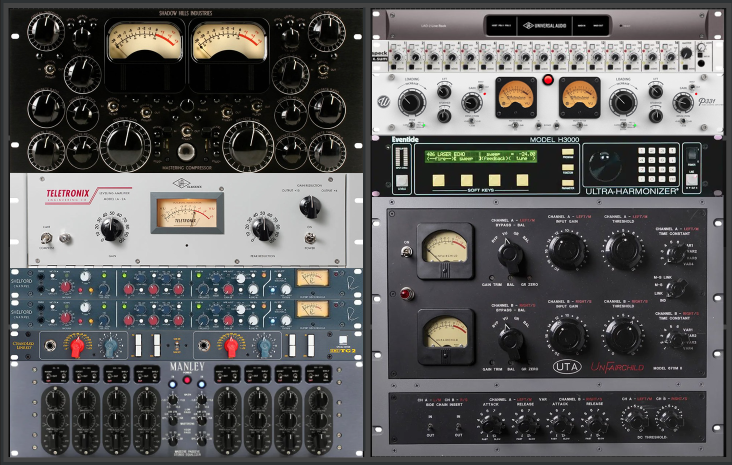Based on your criteria for ambient, generative exploration, here are my suggestions:
3) Swap Dixie II for a Plaits or clone. For good reason it's the most popular module. The Orange String Machine, Green Chords, and Red Rings modes are instant moods and worth the price of admission alone.
4) Swap Quart for a Zadar. Skip the simple AR. Setup Zadar presets for chaining, shapeshifting, jagged, bitcrushed, choatic envelopes. Audio rate to 30 minute long shapes. You'll never cross the same path twice.
5) Swap Dual Dagger for Katowice. Katowice can HP/BP/LP but is far more surgical and you have outputs for all bands for multi-band processing. Ambient is a far more additive (layered) than a subtractive genre. Setting filter bands to separately modulate in a soothing wave pattern is far more pleasing than just sweeping off the top layers. Bypass the filters and use it to send just the high band to reverb fx etc.
6) Swap Intellijel Quad for a Tangle Quartet. Really, either/or. But to conserve space and get an additional mix breakout path, my preference is Tangle.
7) Reduce FX Aid XL to 4HP Version. Again, mostly to conserve space. I found 1 assignable CV and D/W was enough. Tangle Quartet and FX 4hp gives you enough room for another FX Aid. (Quad VCA + FX Aid XL or Tangle + FX Aid + FX Aid)
10) Swap 3X MIA for a Samara II. 8 in mixer but does so much more. Polarize, Clamp, Scan, Min/Max, Sample and Hold.
I'd skip the buffered mults unless you plan on getting more oscillators (you really only need it to prevent pitch drifting, which of course is an ambient aesthetic in itself). Get mults that connect cables directly: https://www.qubitelectronix.com/shop/p/cable-splitter
And I'd swap the panels for the unified black modules vibe.
The bottom shelf are other modules that are worth considering:
Morpheus Filter: PROS: Great for exploring non-typical filter shapes. There's a lifetime of exploration in here. CONS: There are seriously a lot of shapes; lots of guesswork and unknowns. Not for the impatient. Expensive but built like a tank—really high quality.
Blukac Endless Processor: PROS: Great for stacking timbres. You can make huge timbres quickly. I have made sounds that have 'mesmerized me' as in I just stop and let it drone for fifteen minutes in awe. CONS: It does one thing really well, but only one thing.
Vhikk X: PROS: Enormous sounding tone organ. You're thrown into the abyss in the first minute. Even more modes are being added. It has inputs for sending in outside sources to the fx. CONS: Unconventional naming system means you're almost always exploring/searching for something in the dark and the mood is most always that, deep and dark. Currently, still a work in progress.
Arbhar: PROS: Beautiful sounding granular engine. Has a microphone input. Pairs well with Morphagene. CONS: Button combos, of course. Might have a system noise issue in your case.
Data Bender: PROS: Good variety of usable artifacts. Really enjoyable and unpredicate. The surface layer will get you started immediately and the deeper layers will get you exploring particulars. CONS: Not everyone likes bitcrush, jitters, and skips.
Aurora: PROS: Beautiful cavernous tonal reverb well-suited for crystalline sounding ambience. There are also alt fimwares. CONS: Doesn't take every source well. That spectral sound has that warbly tonal quality I can't stand.
Don't listen to anyone that wants you to start small. No way! Buy as much cool sounding stuff as possible and enjoy it! Support the creative module makers so they'll continue making creative modules. Play on!










